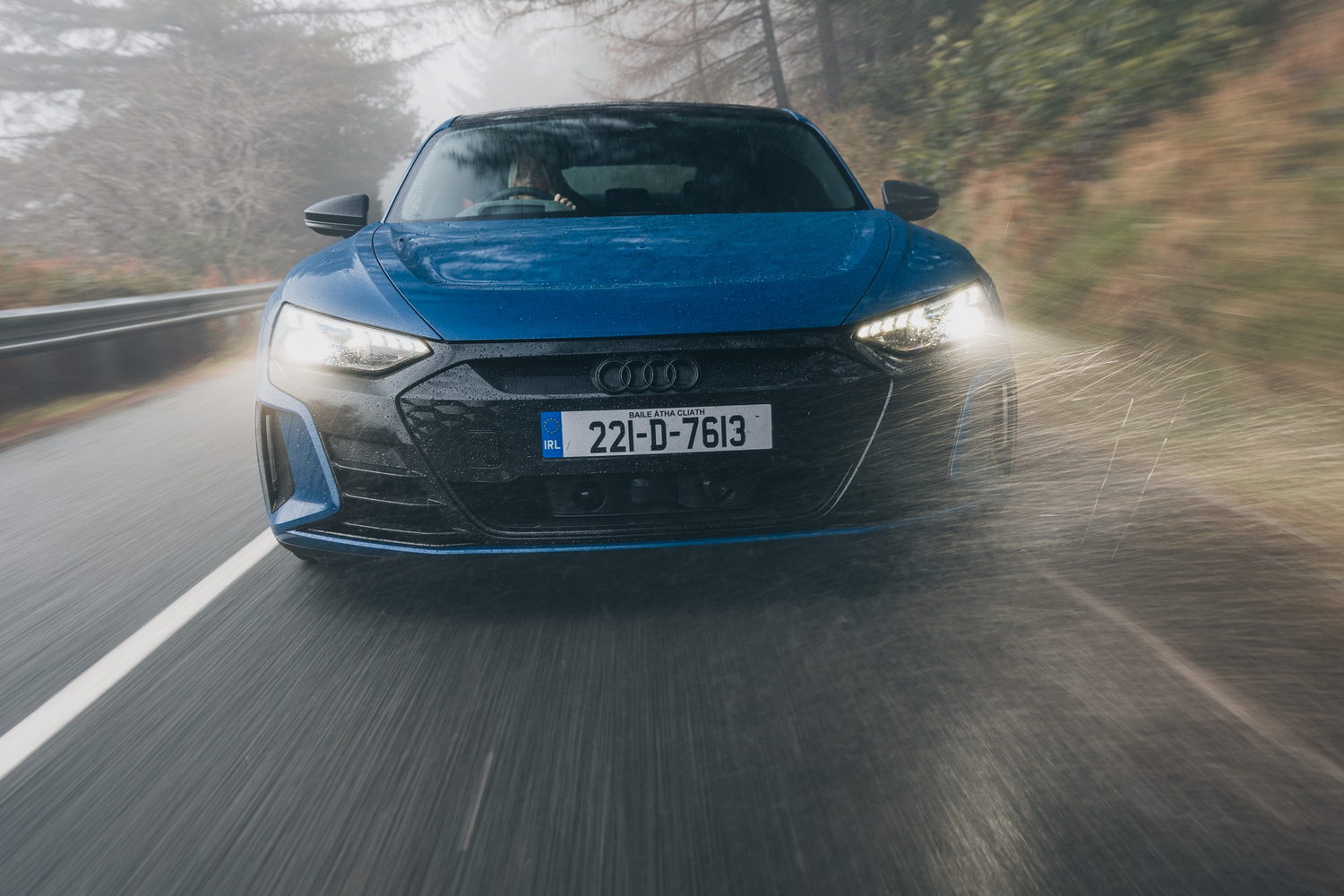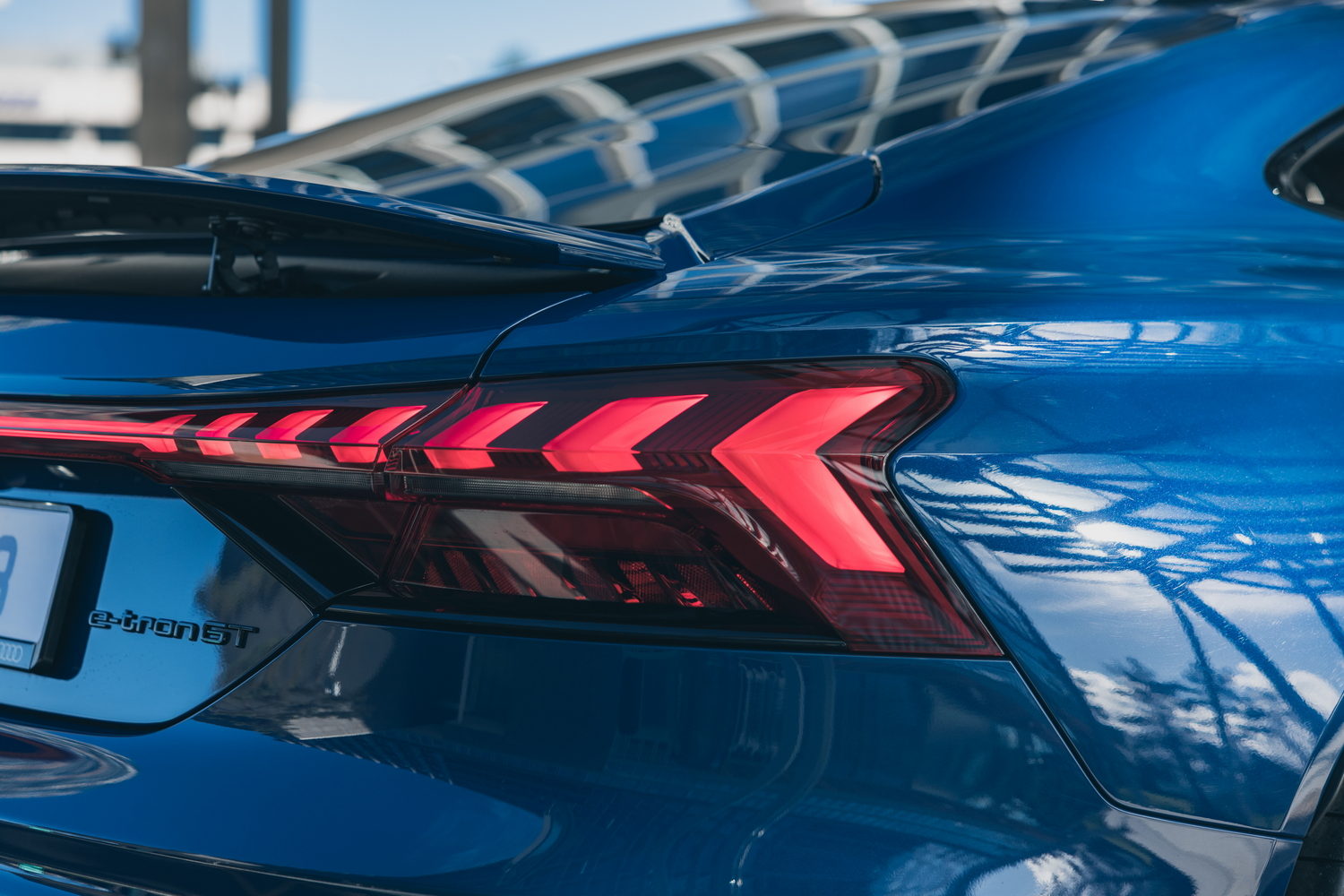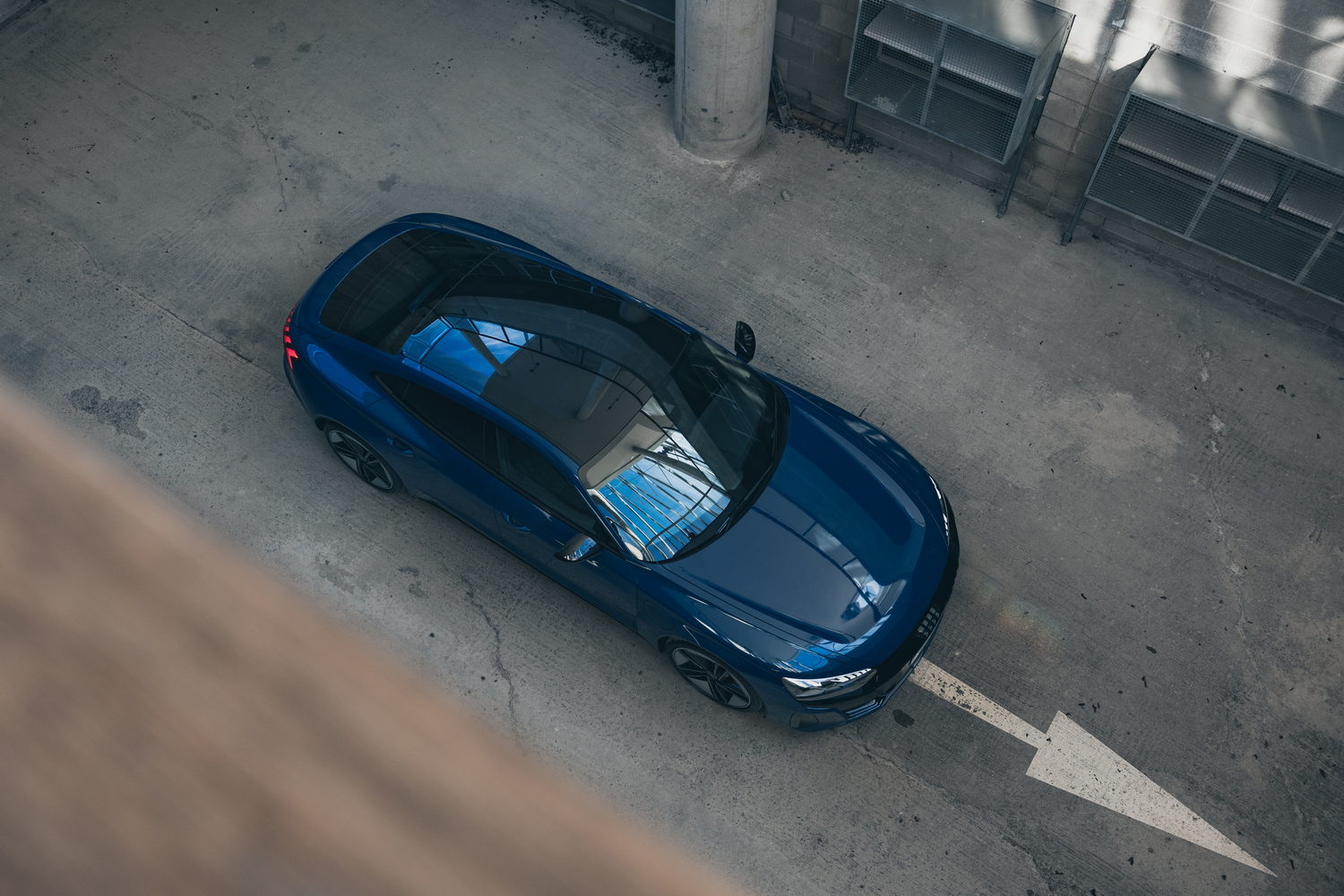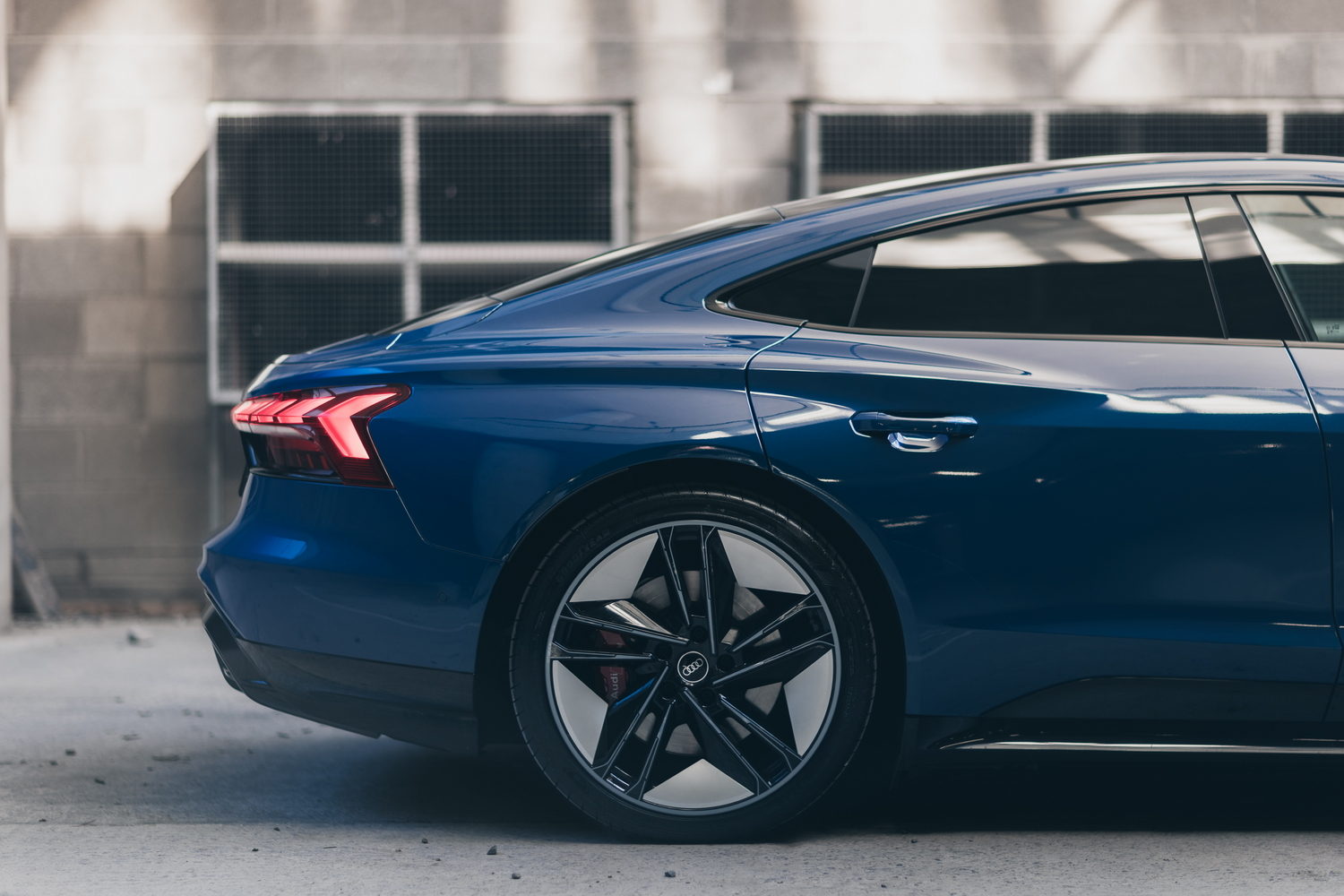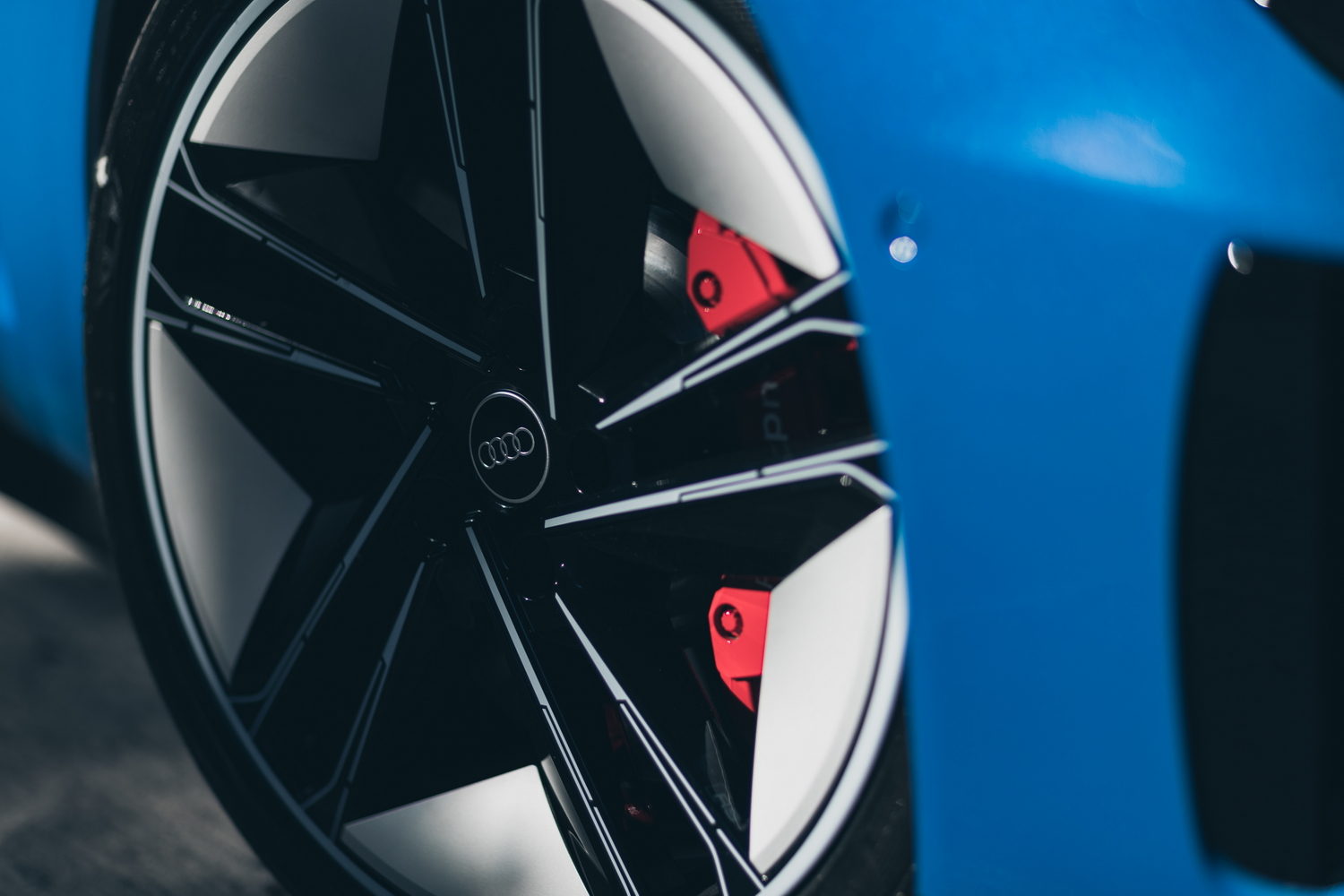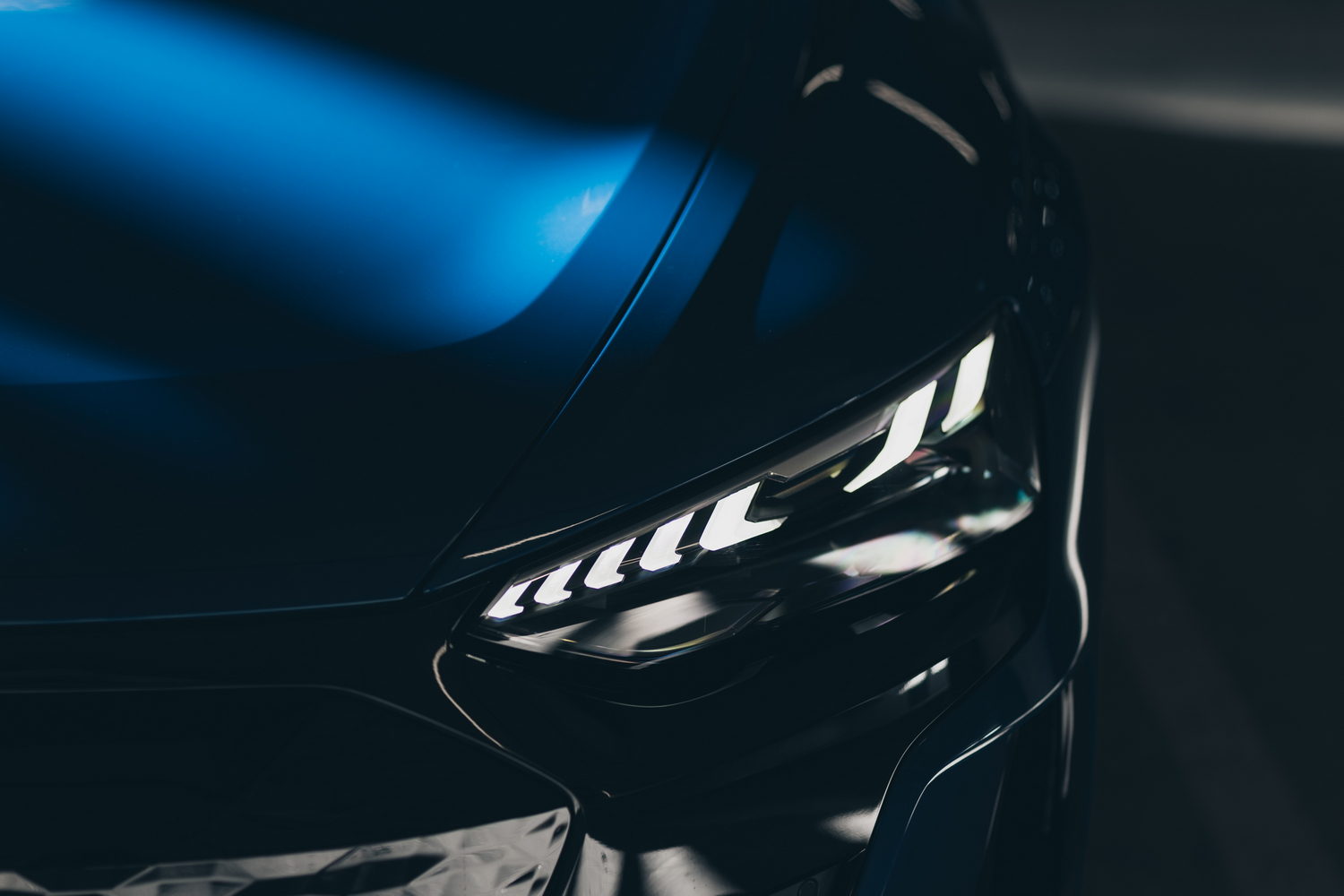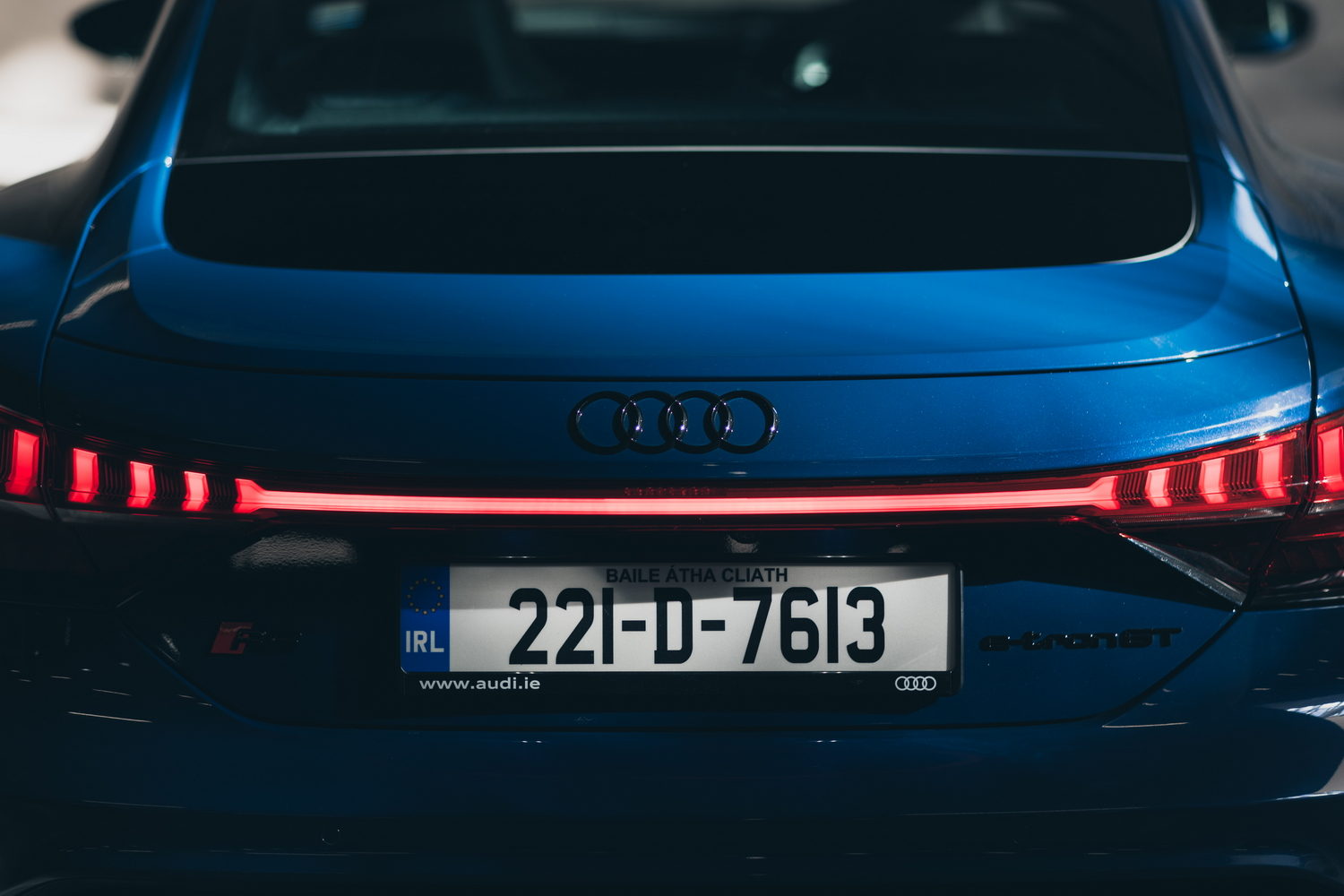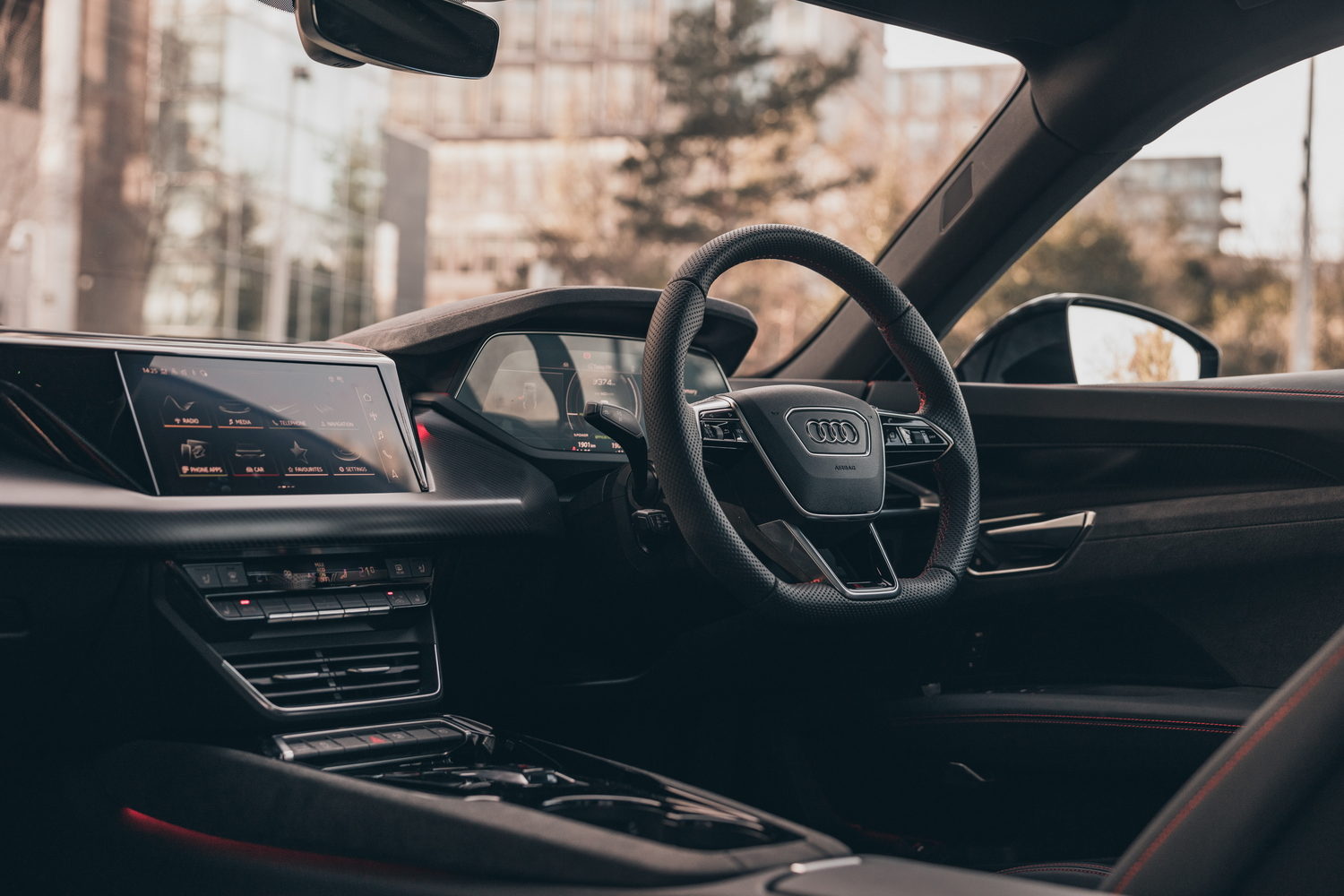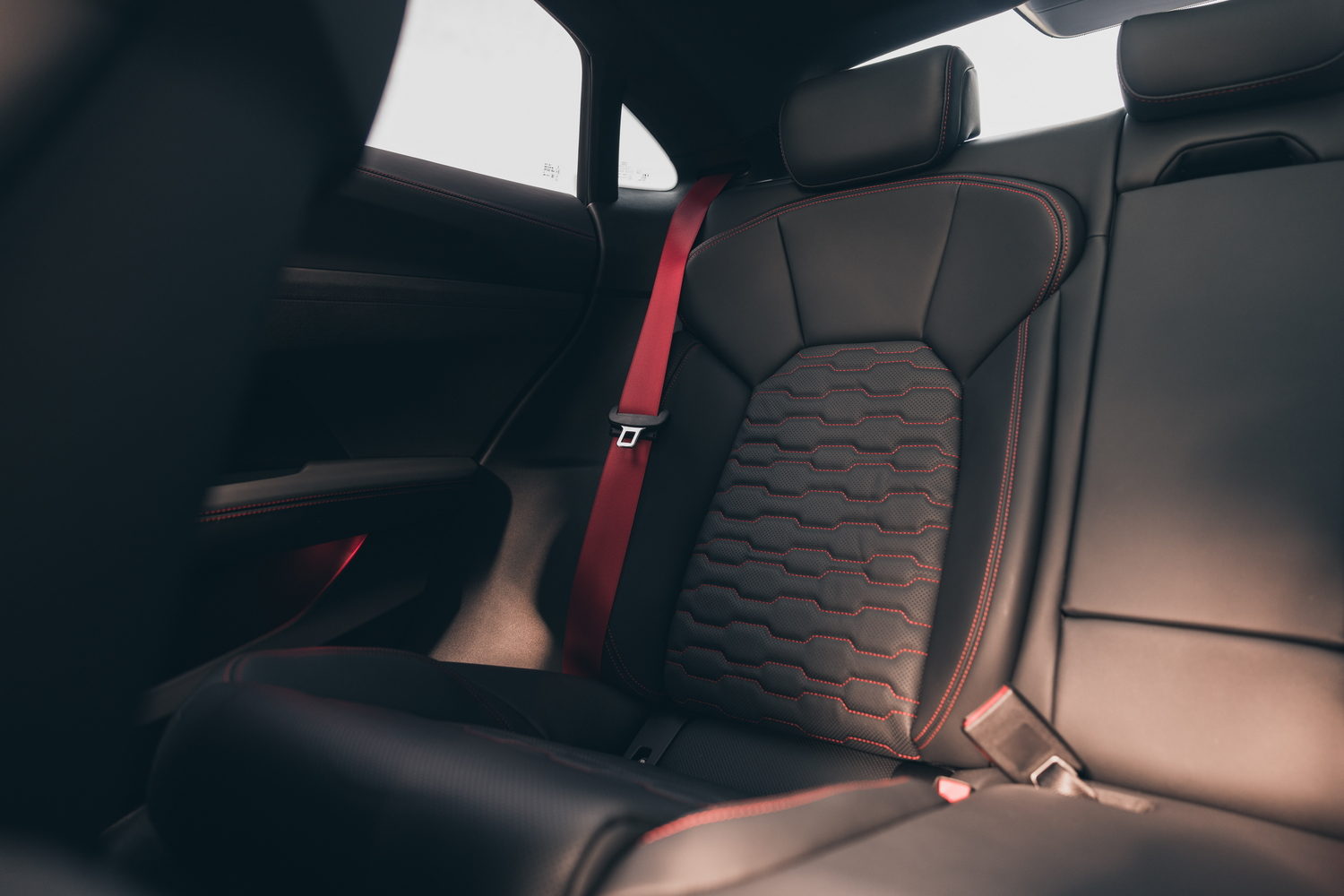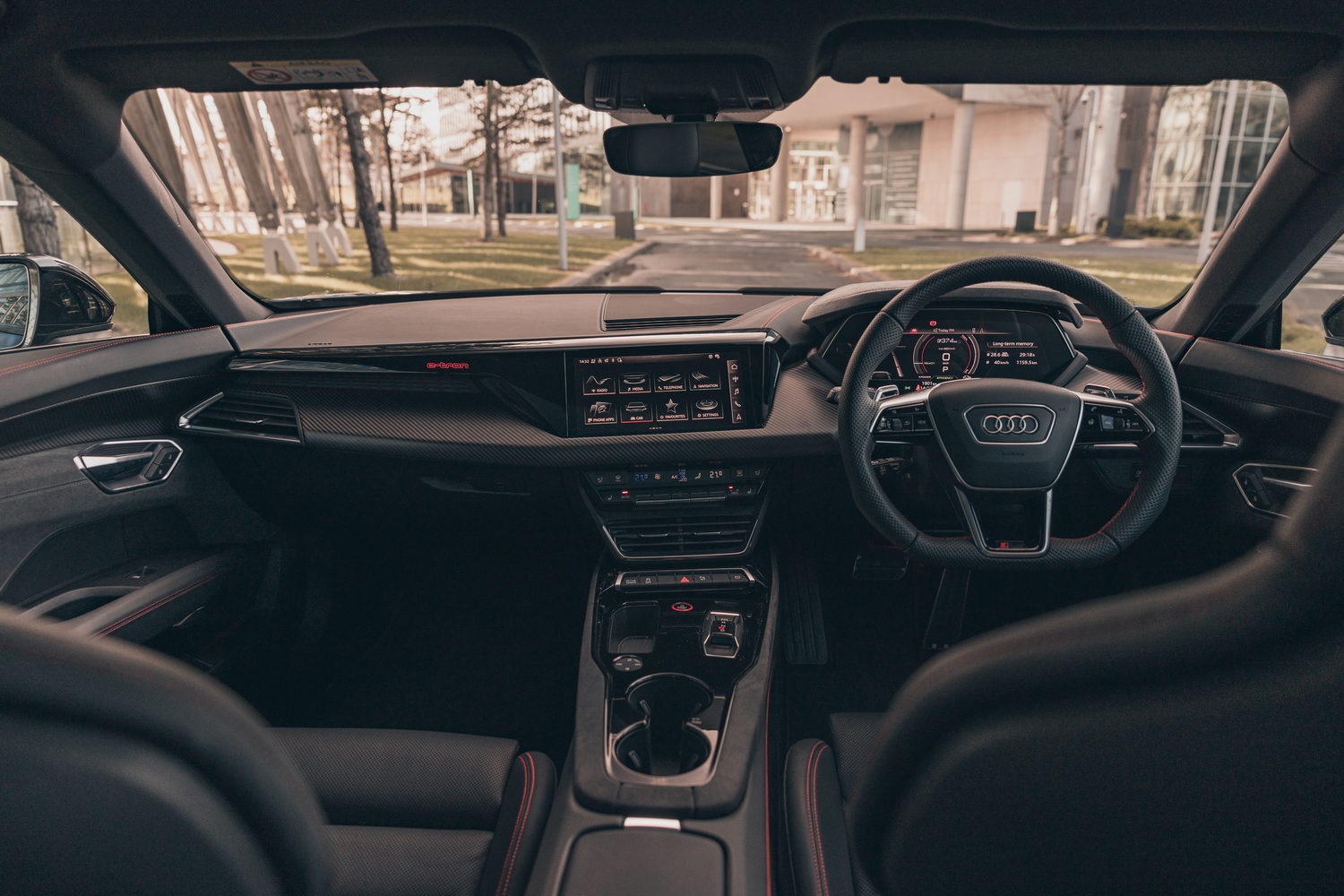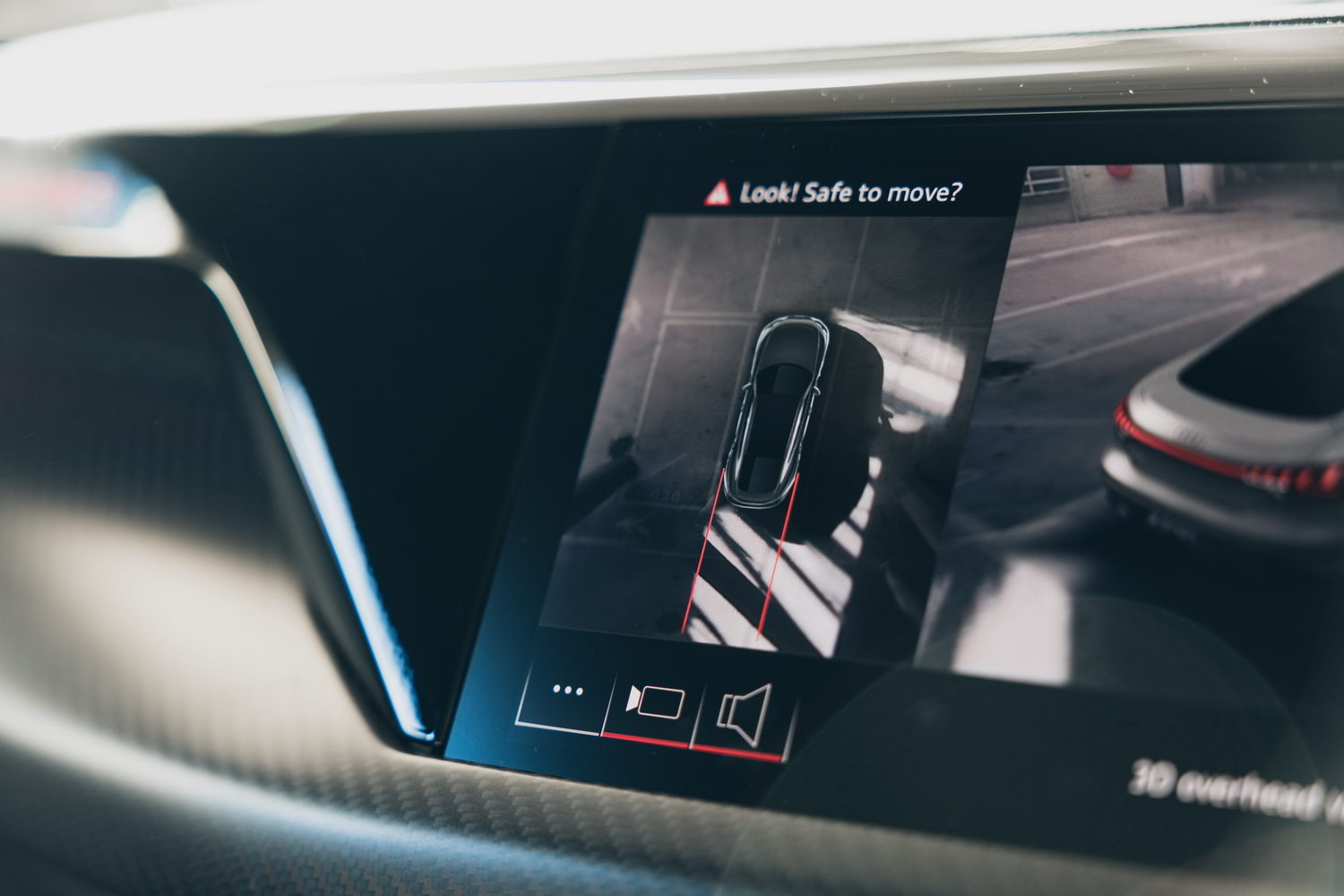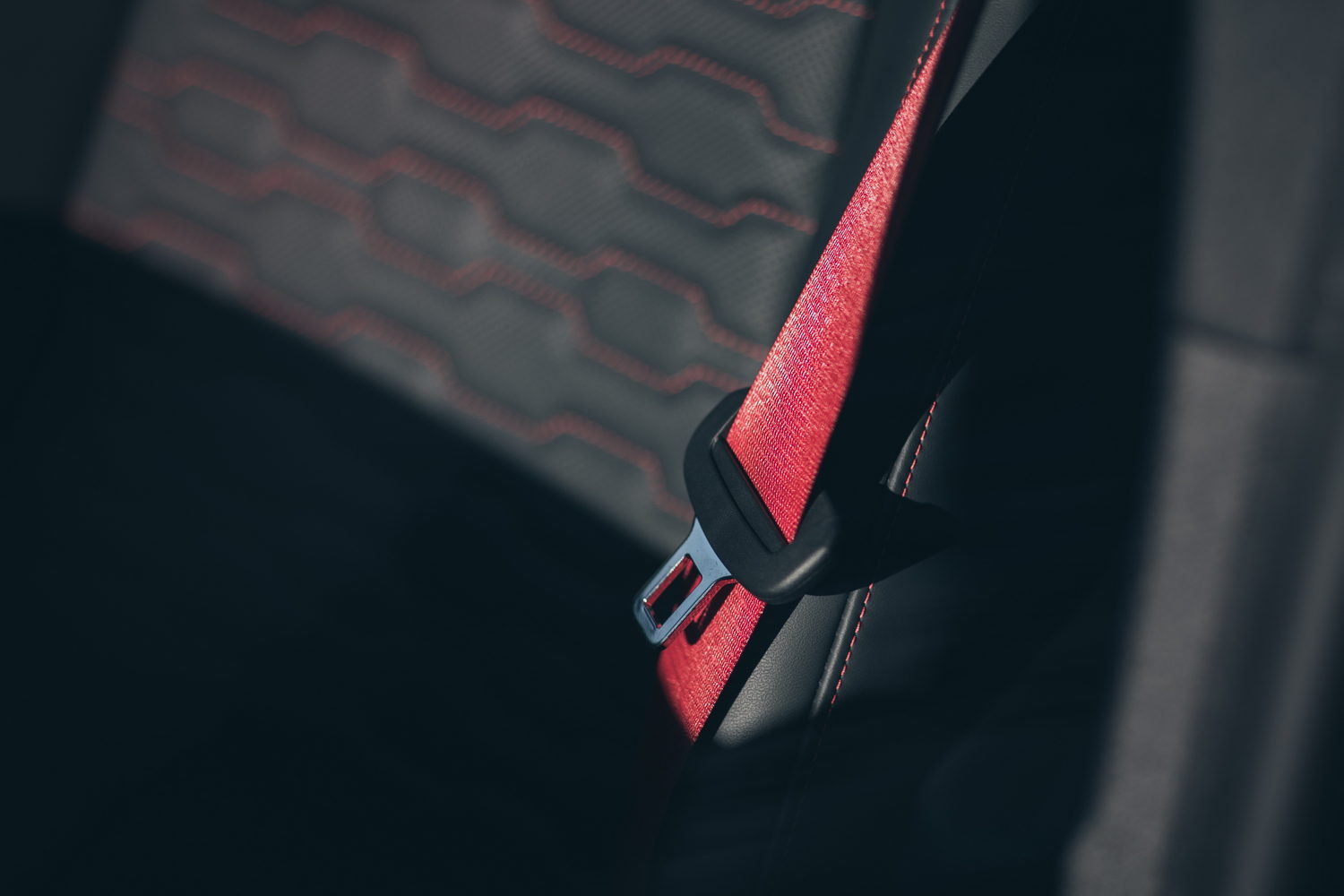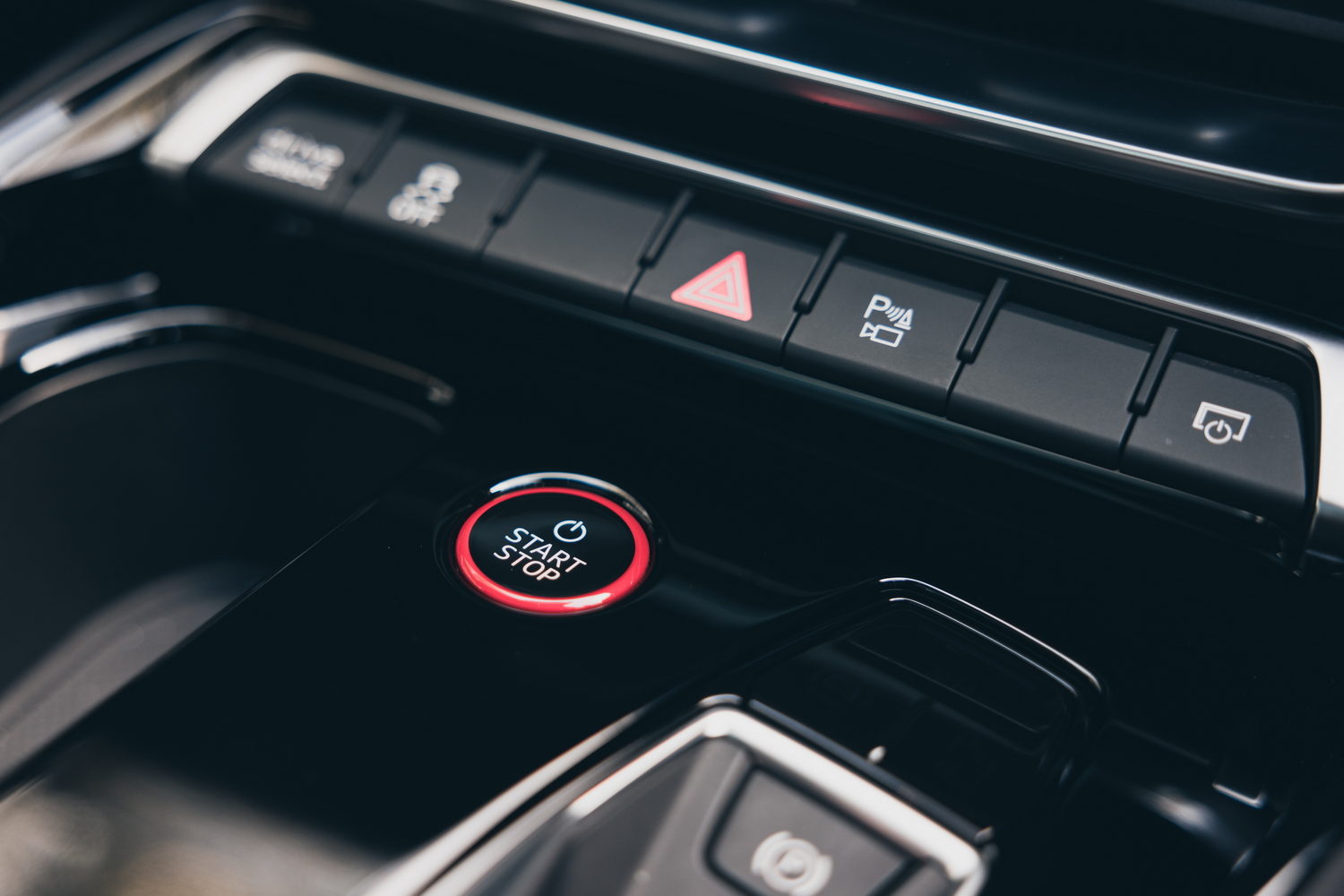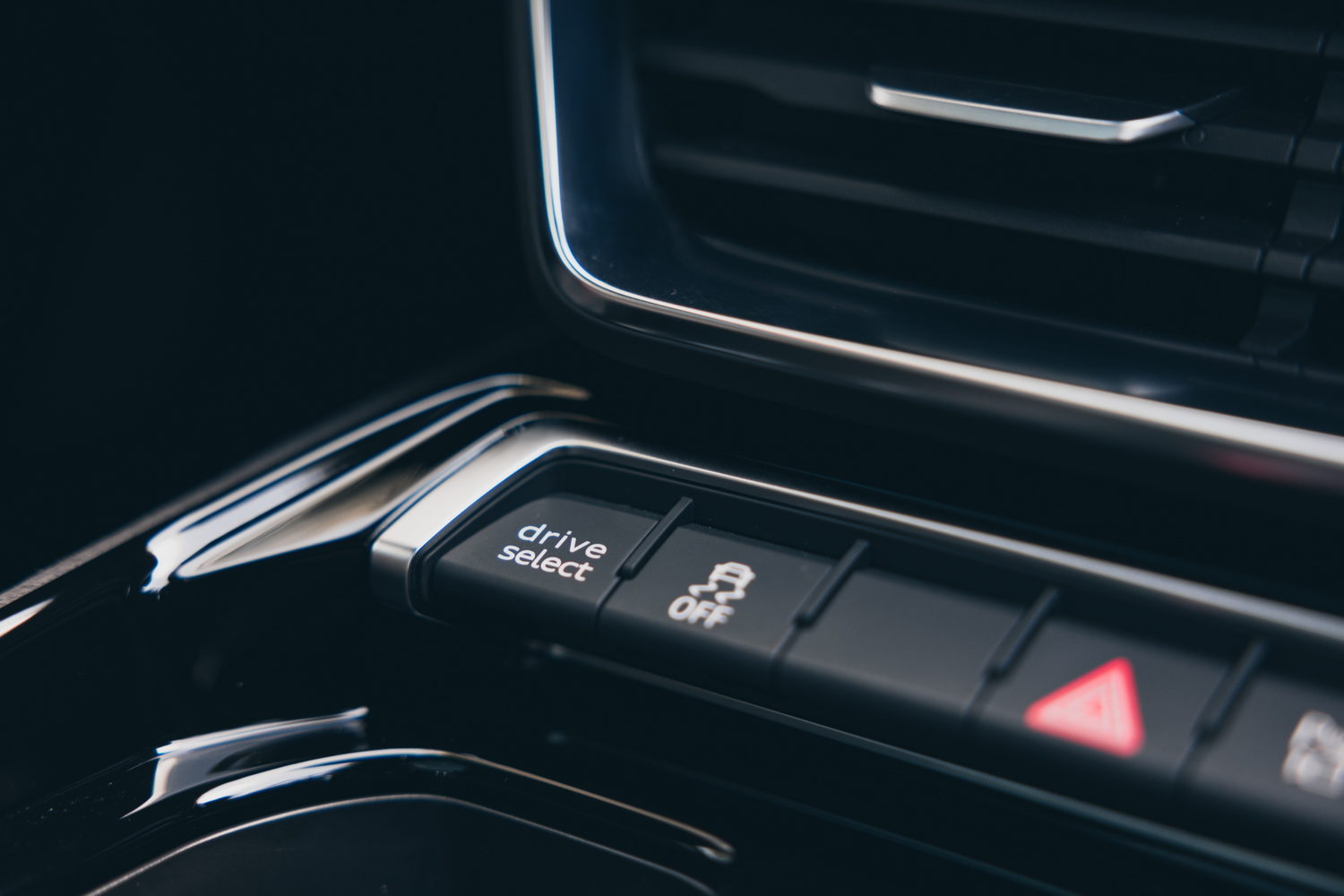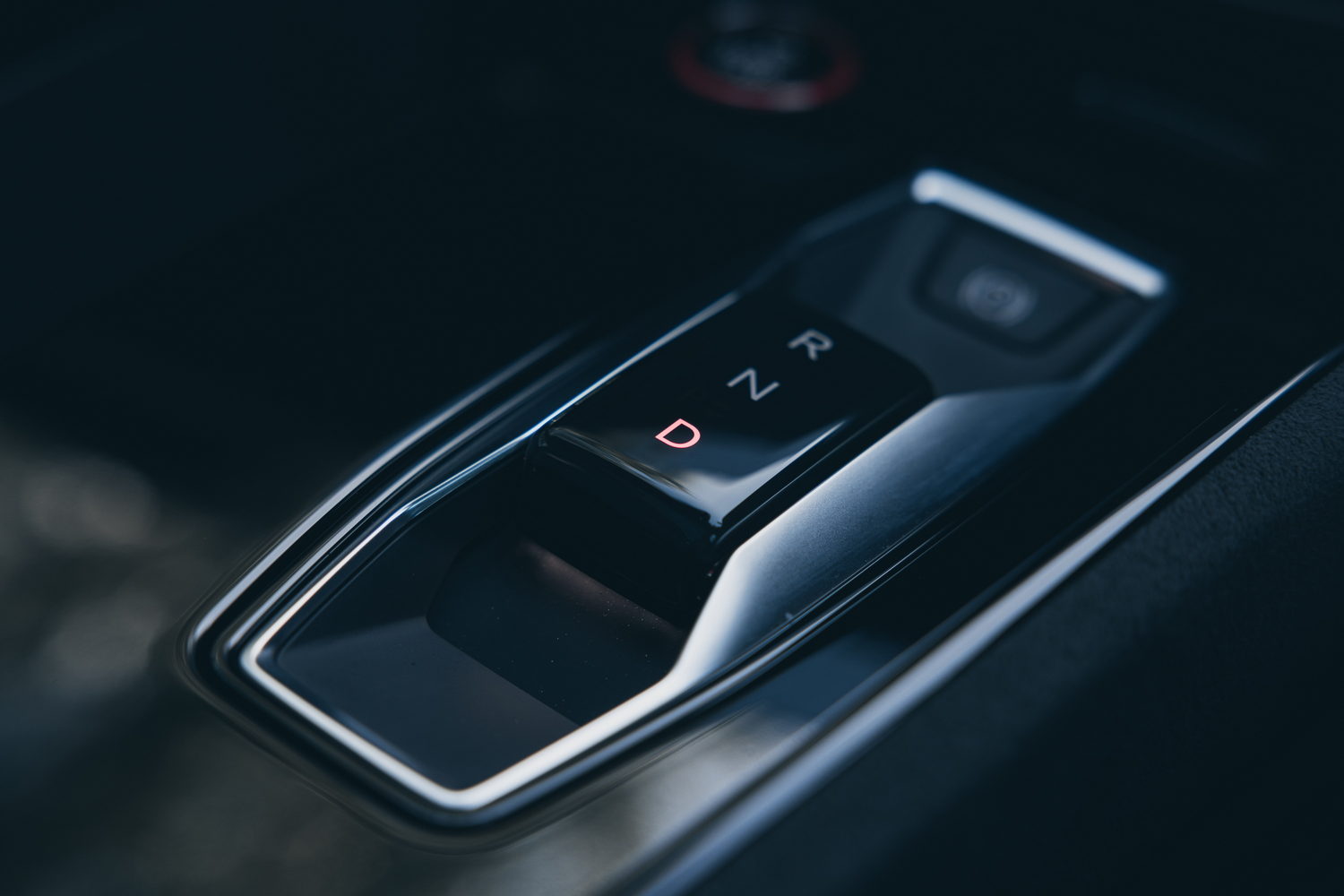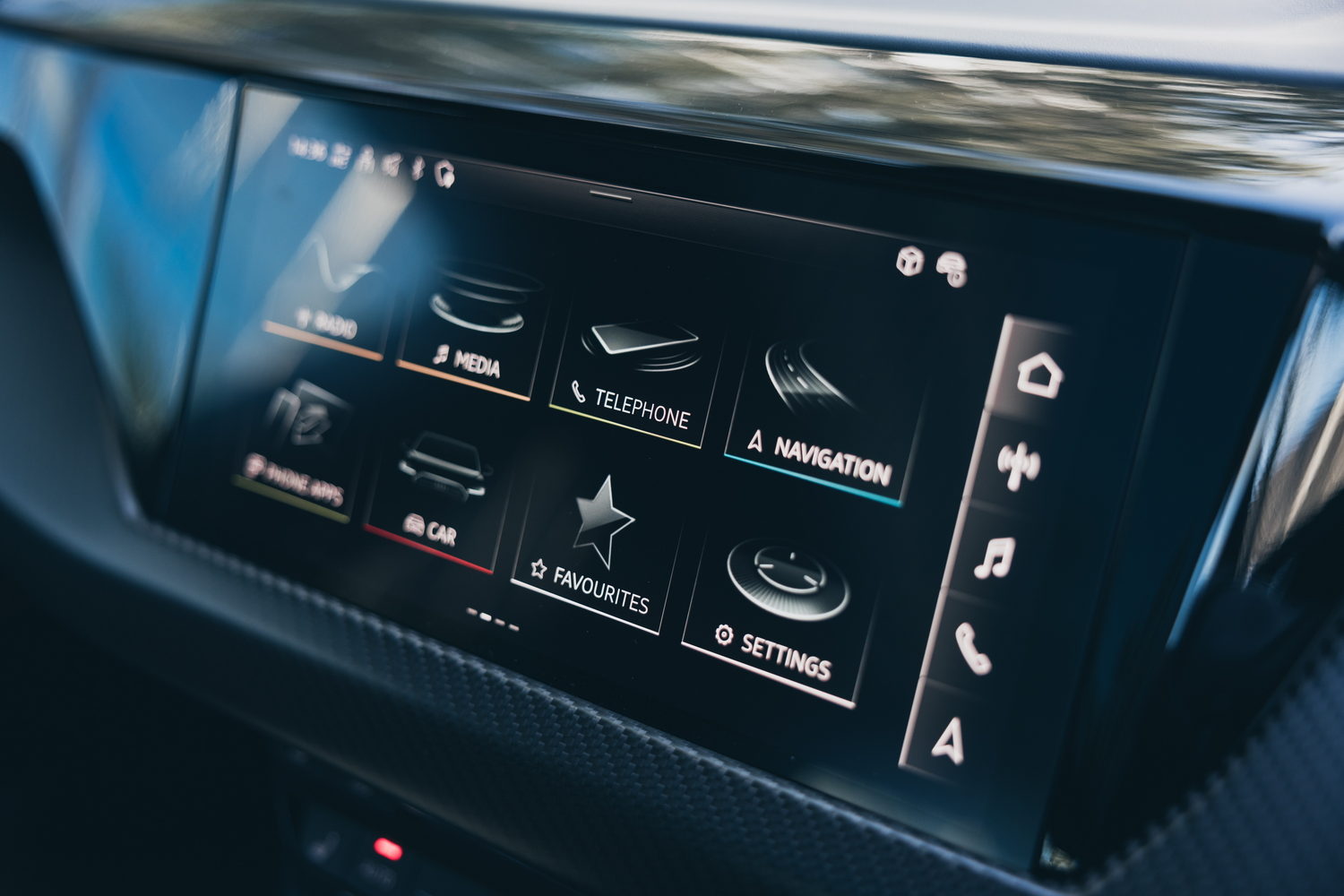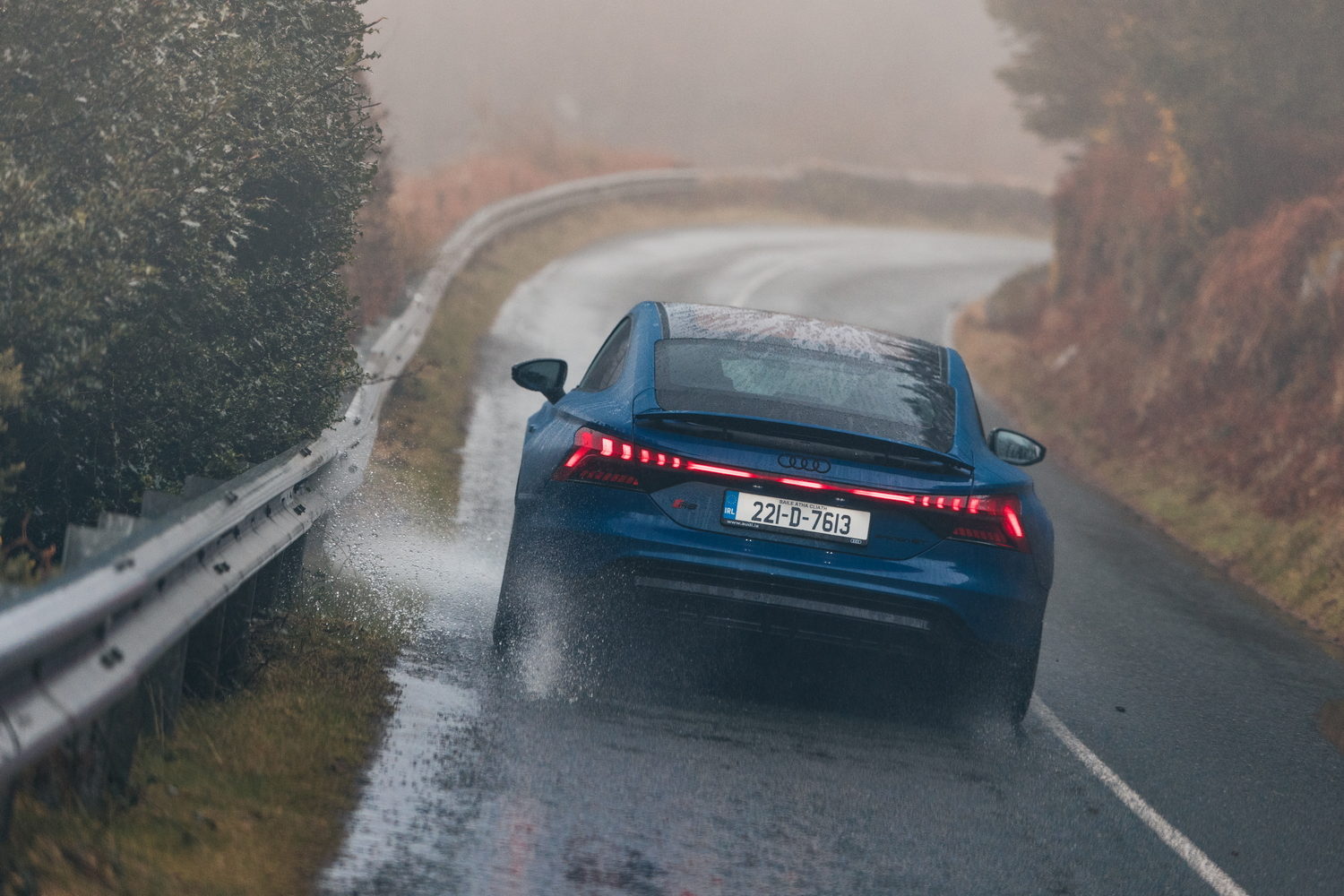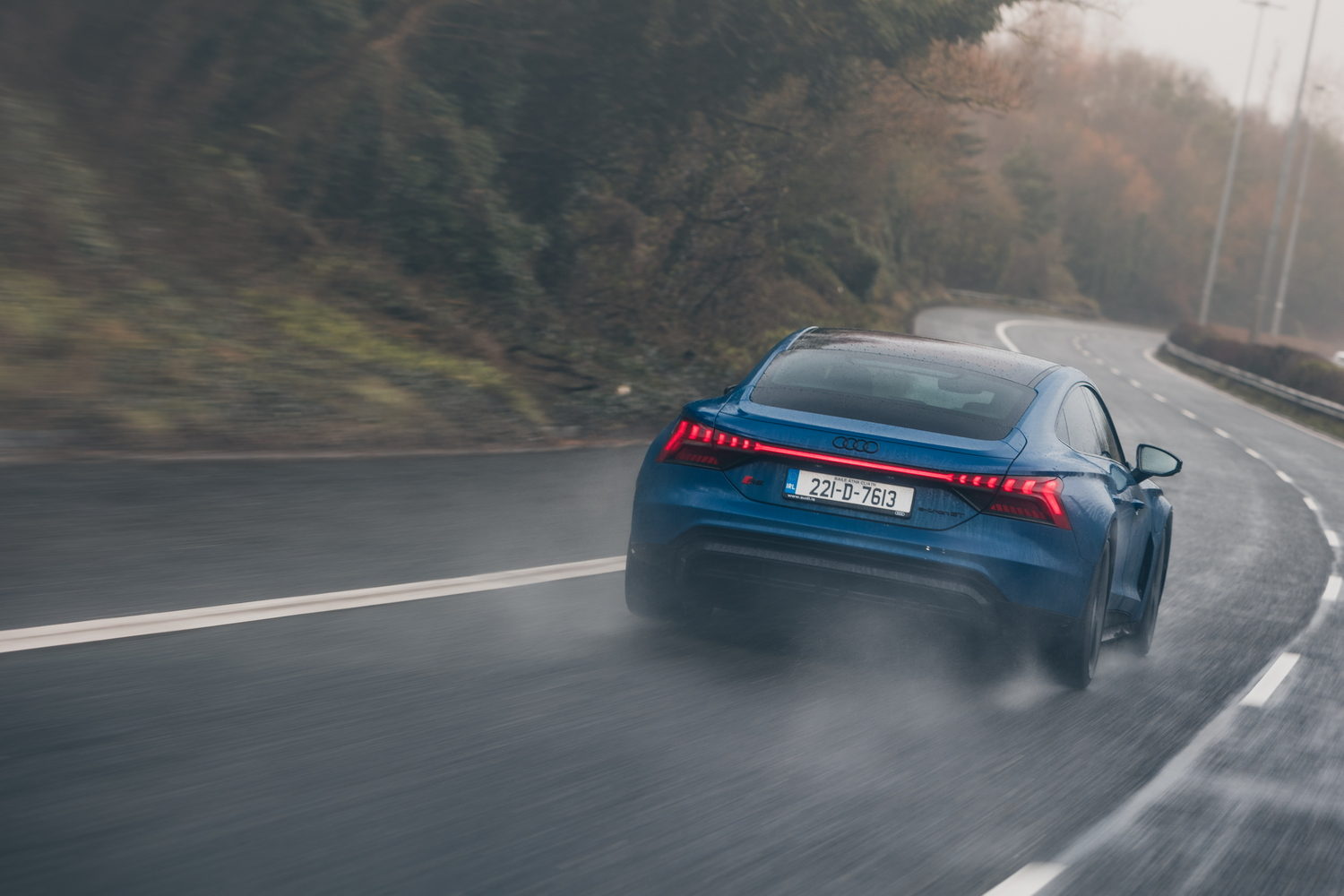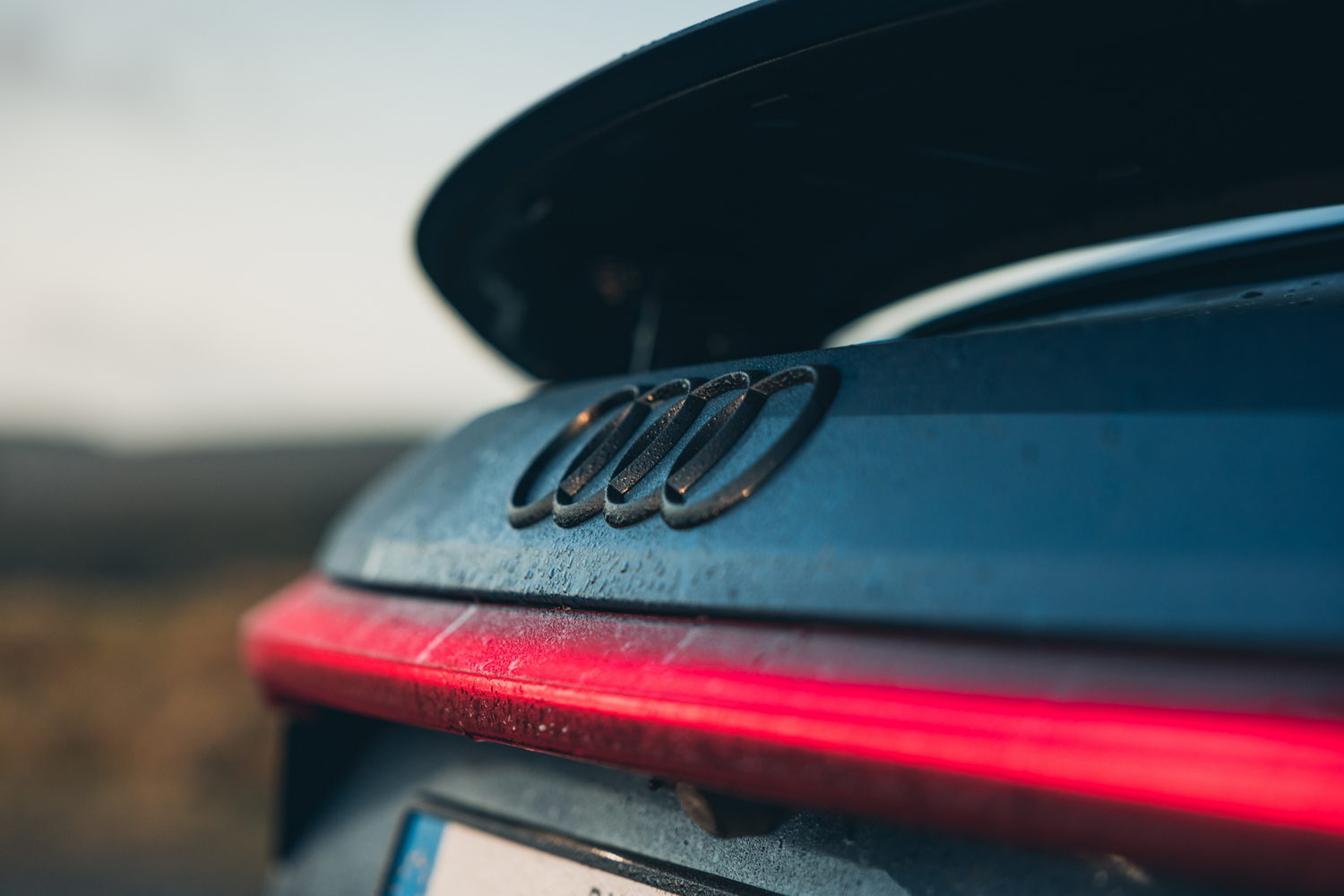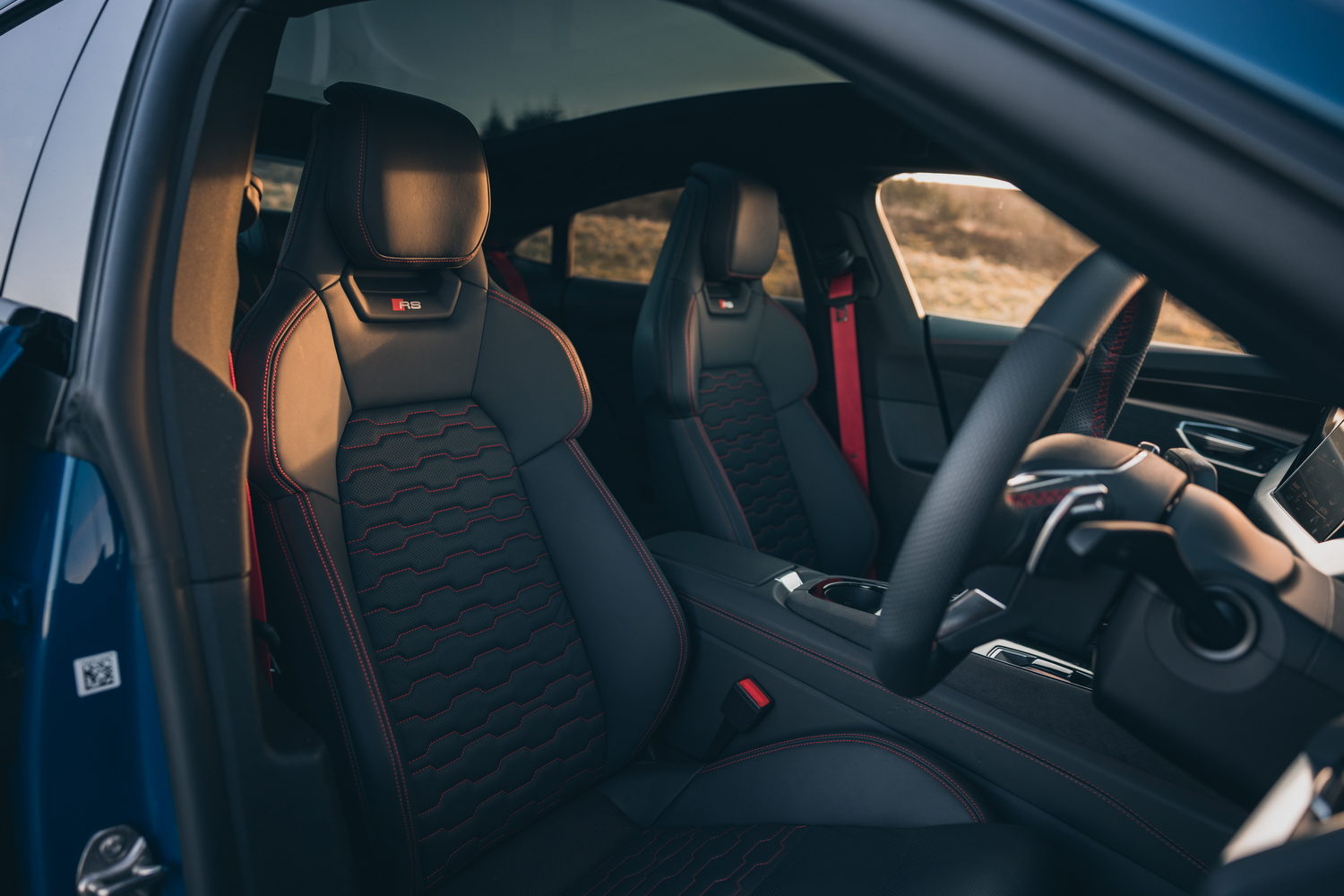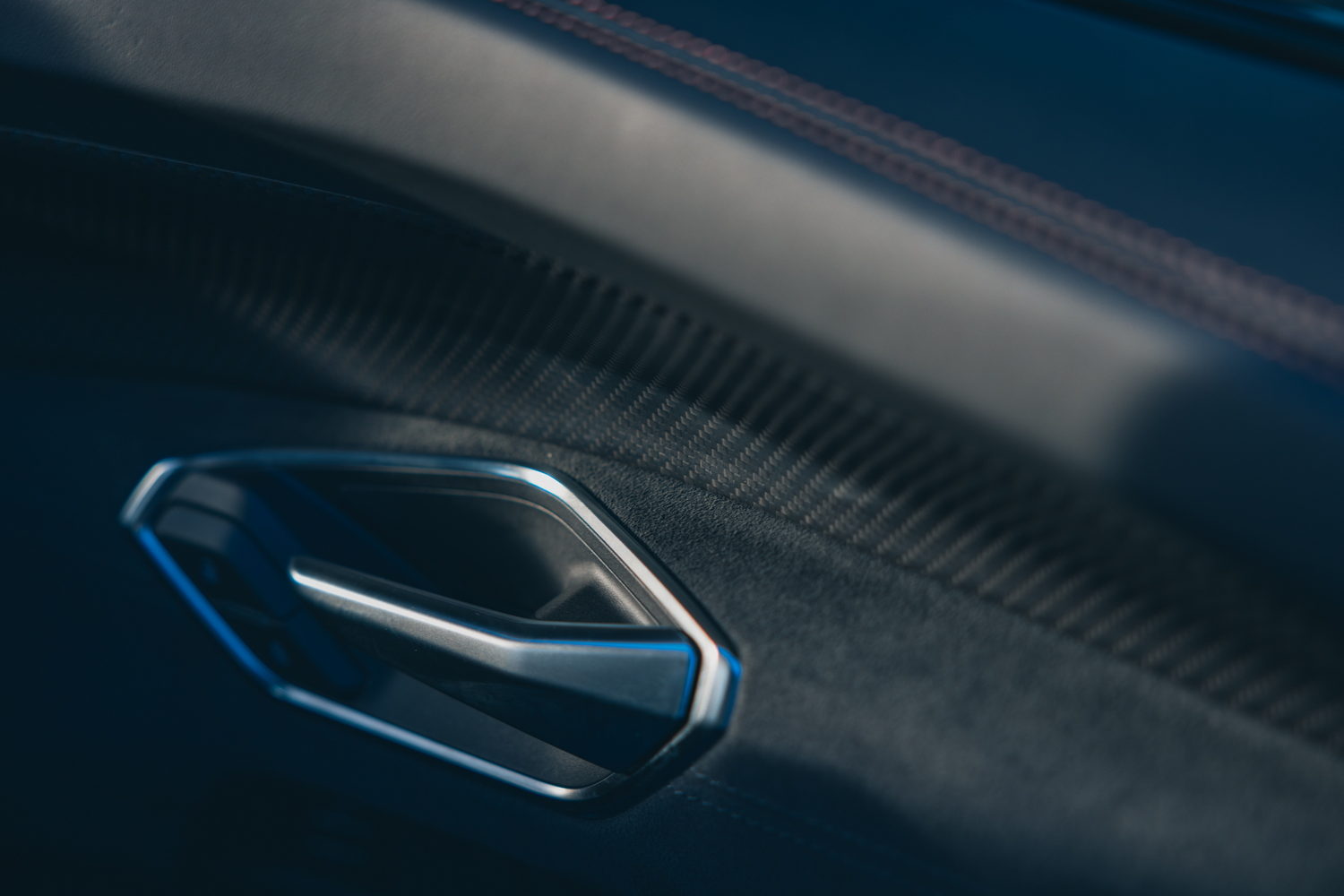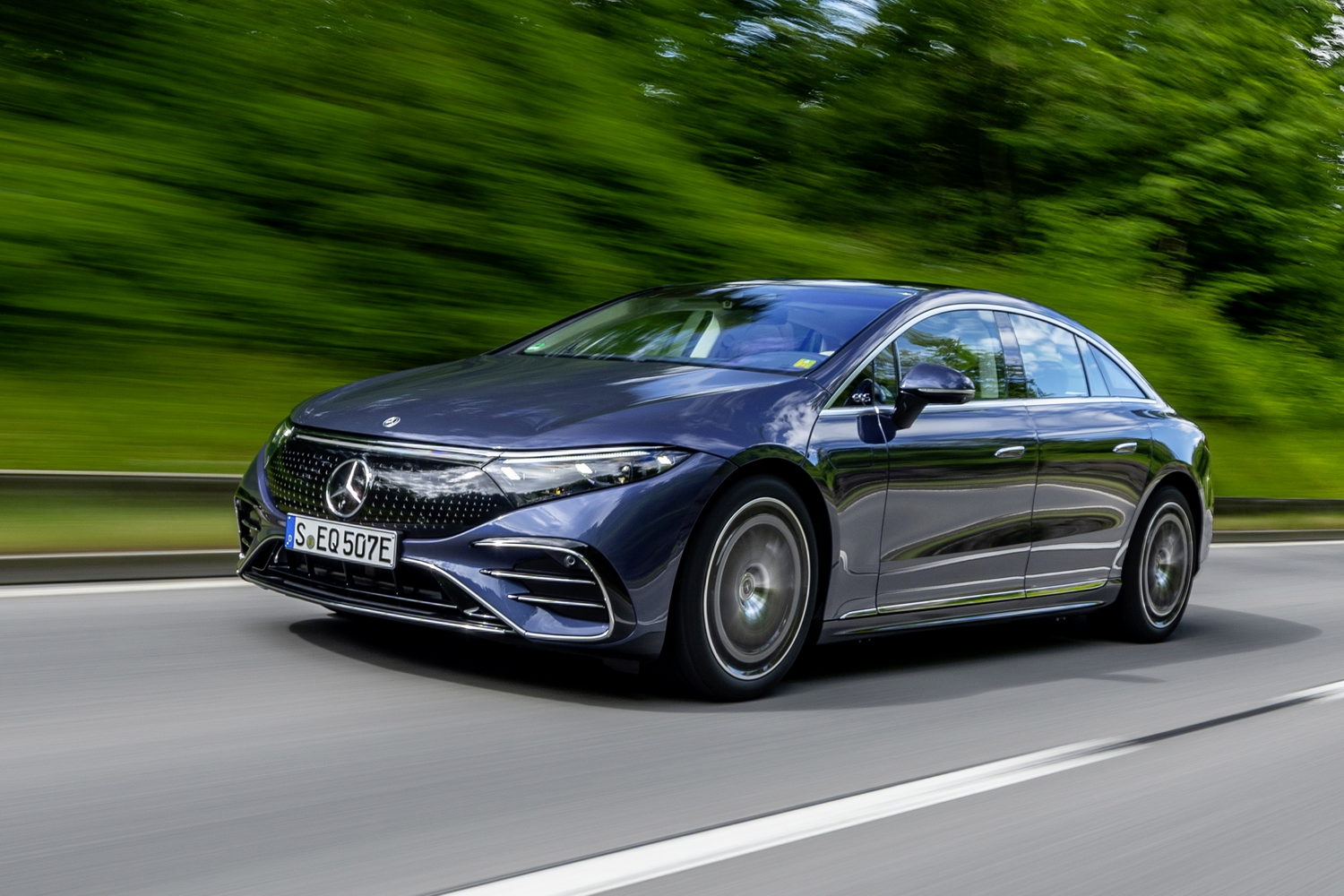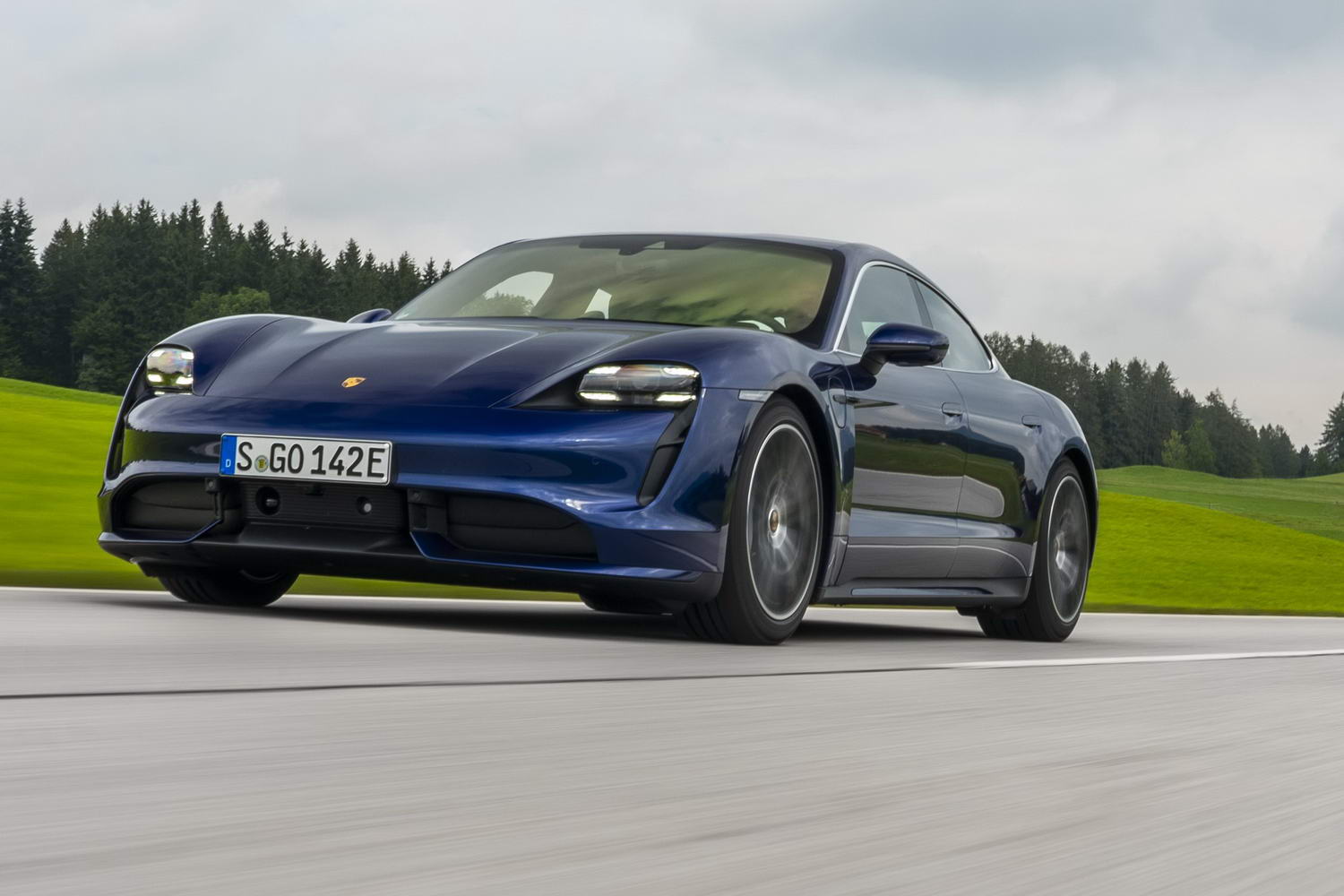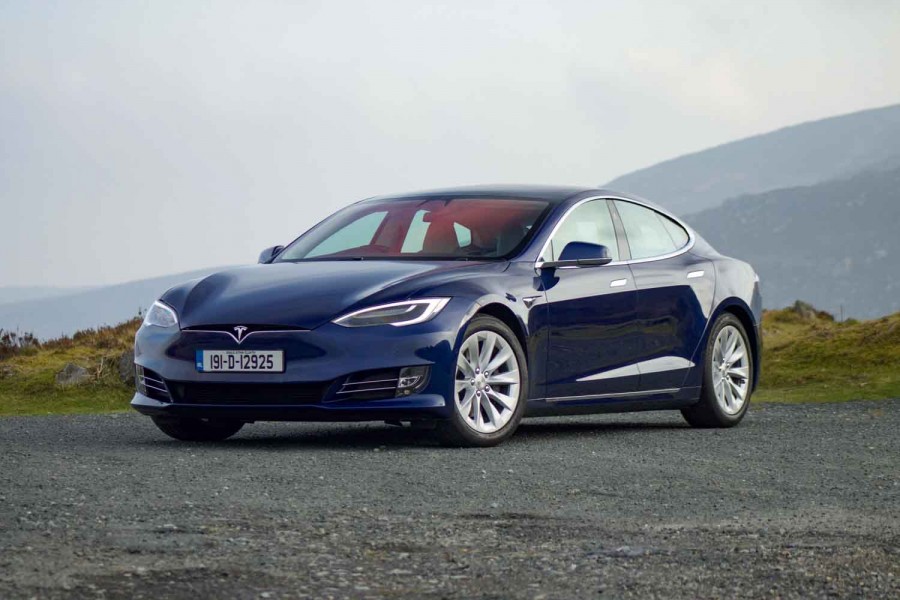Audi RS e-tron GT overview
In the depths of lockdown, Audi gave us a little thrill when it launched the e-tron GT, a low-slung, high-price four-door electric 'coupe' (actually it's really a sleek saloon, but let's not split hairs) that was sister car to the Porsche Taycan. Like the Taycan, the e-tron GT came with impressive handling, rapid performance, fast charging, decent range and tolerable practicality. However, while Porsche added Turbo and Turbo S models to the Taycan range, adding ever-spiralling power outputs, Audi has just the one high-performance e-tron GT model - the RS.
And here it is, all 645hp and 830Nm of torque of it. How does Audi's most powerful road car ever fare on Irish roads?
The Audi e-tron GT model range
The Audi e-tron line-up is succinct. There are just two models, one battery pack and a pair of €100,000+ price tags.
The e-tron GT range kicks off with the eponymous €105,890 'base' model, a relative term at these prices... For your money, you get the same 93.4kWh (gross capacity, it's 85kWh net) battery pack, slung low between the front and rear axles. The e-tron GT's maximum power output, although dwarfed by the RS's, is a still-impressive 530hp, with up to 640Nm of torque. Total official range is 479km on a full charge.
Standard equipment includes 19-inch alloy wheels; LED headlights; a panoramic glass roof; heated sports seats in the front; a frameless auto-dipping rear-view mirror; Audi Connect online services; adjustable suspension dampers; a heat-pump heating system; three-zone climate control; cruise control; lane departure warning; and the MMI touchscreen infotainment system.
For €144,430, the RS model adds its extra power, but also gives you 20-inch wheels; a black exterior styling pack; Matrix LED headlights; leather-and-microfibre seats; stainless steel pedals; electric steering wheel adjustment; a heated, flat-bottom steering wheel; ambient cabin lighting; adaptive air suspension; uprated power steering; and a Bang & Olufsen 3D sound system.
This being an Audi, the options list is long and ruinous, but the highlights include a €2,437 'RS design pack'; €878 carbon mirror caps; €4,810 carbon-fibre roof panel; €7,812 ceramic brakes; €988 walnut inlays; €1,539 carbon-fibre inlays; €1,795 head-up display; and a €2,758 night-vision system.
Colour options include the usual sober grey and black metallics, but our test car came in a gorgeous dark 'Ascari Blue Metallic' while there's also the (brave) option of an army-style 'Tactical Green Metallic', or a more strident 'Tango Red Metallic.' All paint options, other than the standard solid white, cost €1,347.
Our test car came equipped with adaptive cruise control, 21-inch alloys, the head-up display, carbon-fibre cabin trim, privacy glass, the 'RS design pack red', which includes natty red seatbelts, and upgraded sports front seats, bringing its total price to €160,157.
Audi does offer a PCP deal for the e-tron GT, with 36 monthly repayments starting from €975 on a 5.9 per cent APR, assuming a €31,000 deposit and a €49,867 final payment. Check out the latest deals at the Audi Ireland website.
The Audi RS e-tron GT interior
It's a long drop down into the RS e-tron GT's bucket front seats, as, even though there's a big battery pack under the floor, Audi has managed to make this car feel lower than a snake's ankles. Once in, the cabin is snug, but just spacious enough in the front for comfort.
The design of the dash looks like the whole thing has been covered in carbon-fibre, and then vacuum-packed, sucking the surfaces and structure down to the minimum. Out of those structures and surfaces, items like the central touchscreen and instrument panel seem to erupt, as if they've broken through the surface rather than been attached as part of a factory process. It's quite striking, even if the overall style is generically familiar Audi.
In front of you is a monocular digital instrument display, which can cycle through different layouts, while in the centre the main touchscreen juts out a bit, making it easier to reach. To your left, there's a high centre console with two cupholders and the little lozenge-shaped drive selector. Ahead of that, there's a stop/start button and, above a pair of air vents, some helpfully simple physical heating and ventilation controls. Lower down, there's a small rank of buttons that control the driving modes and activate the parking sensors and cameras.
Cabin stowage is not an e-tron GT strong point, as the door pockets are also small and shallow, and there's not much room in the glovebox either. However, under your elbow, there's a small, lidded cubby and in there you'll find some USB sockets and a handy upright wireless phone charger, which comes with a clip to keep your phone in place. This, as we will see, proves very useful.
In the back, the rear seats are accessed by doors that are quite small, with small openings, so it's going to be a struggle to fit taller, older passengers back there. The outer two seats has a tall hump dividing them, so the e-tron GT is not really a practical proposition (if it's practical you want, you could do worse than look at Porsche's mechanically related Taycan Sport Turismo estate). Technically, there is a centre-rear seatbelt, but clearly the middle rear seat has been designed as an instrument of torture.
The 430-litre boot isn't massive, but it's well-enough shaped and the boot lid opens (electrically) wide enough that you can pretty easily cram in large soft luggage bags, or plenty of shopping. The 85-litre 'frunk' up front is the ideal place to stow charging cables, or for putting your shopping in just to astonish your fellow denizens of the Dunnes Stores car park...
The Audi RS e-tron GT driving experience
Clearly, this is a car that's going to be defined by its torque. The RS e-tron GT has way, way more torque than most high-performance petrol or diesel cars - 830Nm worth - and this being an electric car, it's all delivered right here, right now, as soon as you hit the 'go' pedal. This being an Audi quattro, with an electric motor at each end delivering high-traction four-wheel drive, the potential for savage acceleration is clearly there.
Clearly there and clearly delivered. Dial up Dynamic mode from the Audi driving selector to unleash the full power and torque abilities of the two motors, and mash your right foot to the floor and... well, all hell doesn't break loose, because the RS e-tron simply grips and goes without much noise nor fuss. A mechanical engine would have screamed and gnashed its way to its rev limiter, but the RS e-tron is a different kind of performance entirely. It's almost serene.
Or, at least, it would be serene if you weren't hitting 100km/h in just 3.6 seconds from rest, acceleration that is so staggeringly rapid that I swear you can feel the blood draining out of your feet when you do it. The RS e-tron GT is, by any measure, violently fast.
Dial things back to Comfort or Efficiency mode, and it all becomes a bit more manageable. Savage stabs of acceleration are still there for the taking, but performance is slightly more measured. There is an exterior sound, a sort of high-tech whoosh mixed with what sounds like a synthesised V8 engine. It's actually kind of nice, and if you want to hear it without having to buy an RS e-tron, just watch Avengers: Endgame - the e-tron GT driven by Robert Downey Jnr makes this exact noise as if sweeps into the Avengers' compound.
Given that the RS e-tron GT weighs a Land Rover-like 2.3 tonnes at the kerb, you'll not be expecting it to be that great through the corners. But you'd be wrong. Somehow, through some sort of witchcraft involving that clever air suspension, the RS e-tron seems to shed around 800kg as soon as you turn the steering wheel. It's not the last word in subtle feel and feedback, but the steering and chassis are in such good form with each other that that barely matters. The RS e-tron sweeps through fast corners, and feels far more agile and adjustable when attacking slower turns than you'd ever think possible. I've described it in my notes as 'Lotus-like', which may be a bit of an exaggeration, but not by much...
The air suspension means that the RS e-tron GT is also hugely comfortable, riding smoothly over all but the very worst road surfaces. Combined with reasonable wind and road noise suppression, this makes the RS a far more accomplished long-haul cruiser than you might imagine.
There is one shortcoming though, and that's around town. In 'Efficiency' mode, the e-tron drops on its air springs to improve the car's aerodynamic performance. That's fine, but with that long, low nose you're going to scrape it on speed bumps. That's OK too, as you can raise the air suspension up to help with that, but the problem is that the ride height automatically resets above 20km/h, meaning you've got to go through the raising process again for the next speed hump. You can get around this by driving in Comfort mode, but it would be helpful to have an extra setting that allowed you to leave the suspension set high for long stretches with lots of speed bumps.
The e-tron's brakes are also excellent - not always a given with electric cars that have to blend regenerative and mechanical braking. These - the standard carbide-steel items, not the optional ceramic ones - are good, though, biting strongly and firmly, with reassuring pedal feel at all times.
Can it actually do long hauls, though? Well, actually yes. We averaged exactly what Audi says you should be able to in terms of electrical consumption - 22.5kWh/100km. That gives you just under 400km of real-world range, which you could probably stretch to just over 400km with a little bit of care and attention. Helpfully, the RS e-tron is also one of the fastest cars to charge. Assuming you can find a 350kW charger that's actually working properly, the 800-volt charging system can take in juice at a rate of 270kW - at that speed, you could theoretically add almost 300km of extra range in just 17 minutes. There's also an optional 22kW on-board AC charger, allowing you to make maximal use of kerb-side charging points, but just remember that the RS e-tron has 'handed' charging sockets. The one on the right is a Type 2 socket, for 'slow' charging, while the one on the left is the CCS connector, for rapid charging.
Our verdict on the Audi RS e-tron GT
With a car such as this, it's easy to slide into hyperbole. And that's exactly what we're going to do. The Audi RS e-tron GT is expensive, and not very practical, but it's also fast enough to qualify you for NASA test pilot status, deft enough in corners for you to be able to really enjoy yourself, smooth enough on long journeys to arrive, unruffled, many miles away and just about efficient enough to give you a useable battery range. Plus, it's gorgeous. We don't give star ratings anymore, but if we did... Actually, the only flaw in the RS e-tron GT ointment is that the regular, 30-something thousand Euro cheaper standard e-tron GT is so good, that it could (should) give you at least a small pause before clicking 'buy' on an RS model.
What do the rest of the team think?
Neil's review of the RS e-tron GT is spot on. It's ridiculously fast when you want it to be, and competent, too, but it also manages to be exceedingly comfortable on a long journey - which its electric system enables with a bit of planning. To me, that dual personality is the undoing of it in a way, as the Audi RS badge is usually reserved for the brand's slightly unhinged models, cars with a bit of an edge that the average motorists wouldn't really want in a daily driver. The RS e-tron GT is tamer than that, despite its prodigious acceleration. I think I'd spend my money on the regular model with a few choice options instead.
Shane O' Donoghue - Editor

